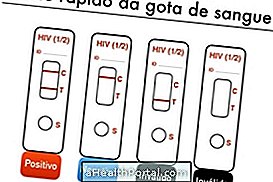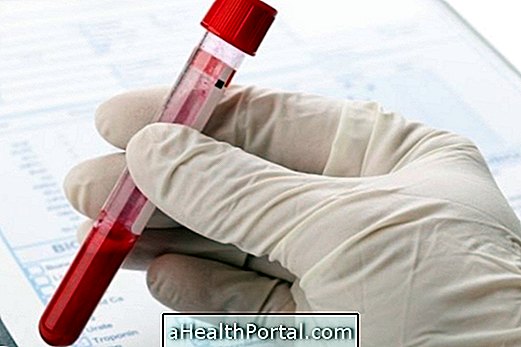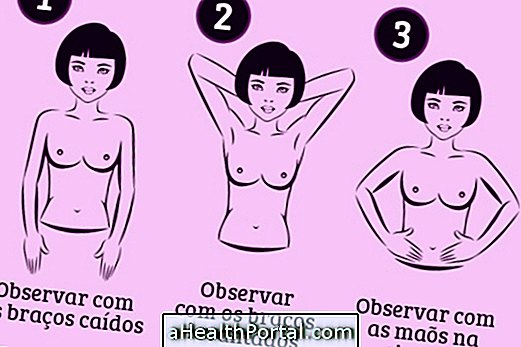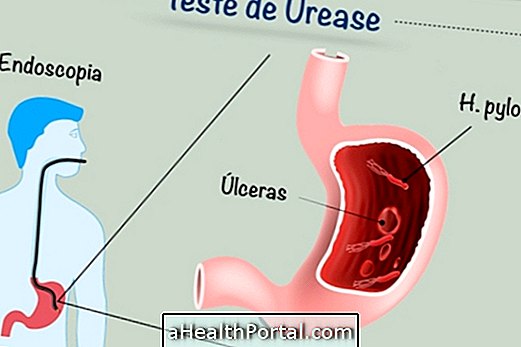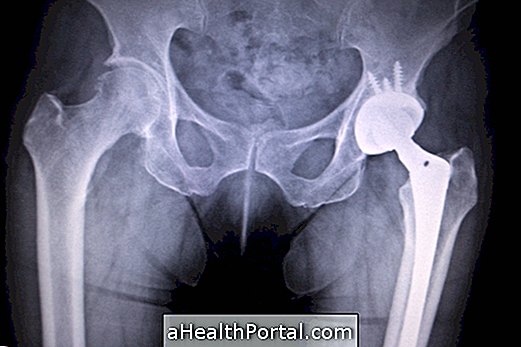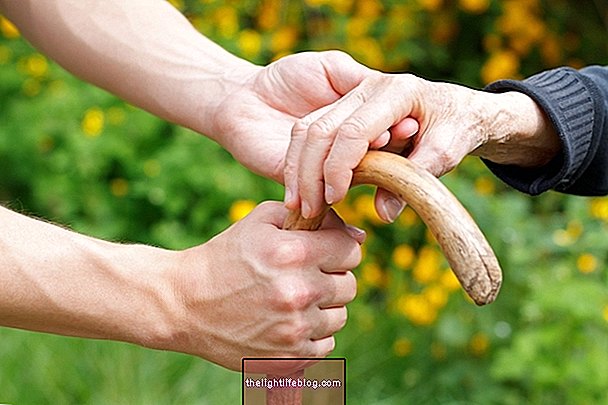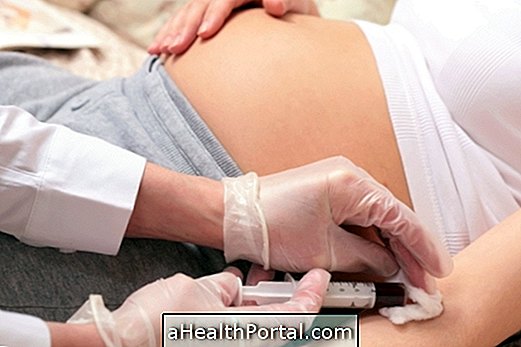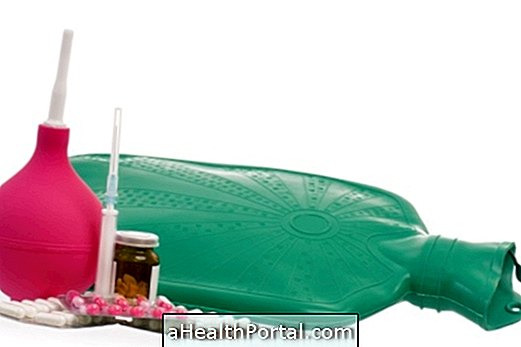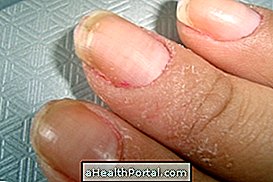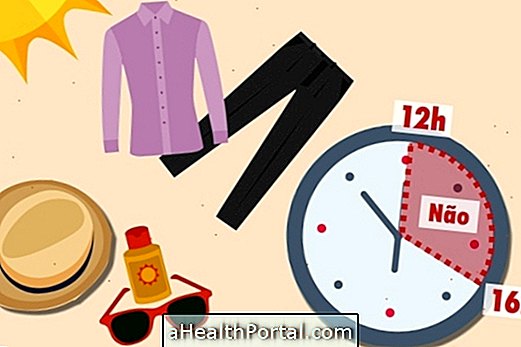Bone densitometry is an imaging test widely used for the diagnosis of osteoporosis, since it allows the evaluation of bone loss. However, this test is not able to show if the bone loss still happens, it only indicates if there was or not, which becomes disadvantageous, since the person can have osteoporosis in the initial phase, and the examination is not able to show the loss of bone mass at this stage.
In addition to osteoporosis, densitometry can detect whether the person has osteopenia or has a greater chance of fractures. Bone densitometry is also indicated for:
- Women in menopause;
- People with osteopenia;
- People who use corticosteroids continuously;
- Persons diagnosed with primary hyperparathyroidism;
- People with osteoporosis, with the purpose of verifying the results of the treatment.
It is especially suitable for people with hormonal and thyroid problems and in cases of people who suffer from frequent seizures because they tend to suffer more from osteoporosis.
Bone densitometry is a quick and simple exam whose price ranges from $ 100 to $ 300, depending on where the test will be done.
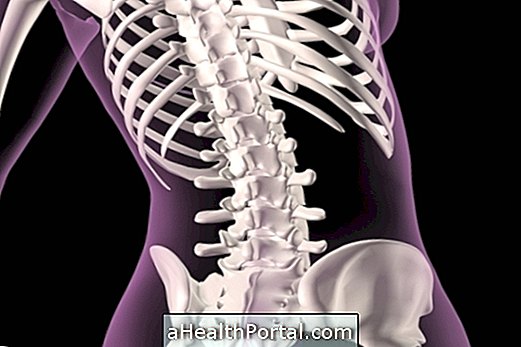
How is bone densitometry performed?
Densitometry is a simple examination and knowing how it is done can make the patient more relaxed during the examination. The bone densitometry is painless, lasts between 10 and 15 minutes and is performed with the patient lying on a stretcher, unmoving, until a device records radiological images of his body.
This test is performed without the need for any previous preparation or fasting. It is sufficient for the individual to go to the examination site with light clothing that does not contain metals and not to take any calcium-based medicine in the days preceding the examination, since the examination is based on the amount of calcium in the bones. In addition, if you have taken a contrast test, you should wait about 5 days to perform the densitometry.
Result of bone densitometry
The result of bone densitometry is indicated by scores that indicate the amount of calcium present in bones which are:
1. Z score, which is indicated for younger people, estimates the possibility of a person suffering a fracture, for example, and can be interpreted as follows:
- Value up to 1: Normal Result;
- Value below 1 up to - 2, 5: Indicative of osteopenia;
- Value below - 2, 5: Indicative of osteoporosis;
2. T-score, which is more suitable for the elderly or postmenopausal women, who are more likely to develop osteoporosis, and may be:
- Value greater than 0: Normal;
- Value up to -1: Borderline;
- Value below -1: Indication of osteoporosis.
Bone densitometry should be performed at least once a year by women over 65 years and men over the age of 70 and periodically, as directed by the physician, for people who have already been diagnosed with osteopenia or osteoporosis in order to verify response to treatment.

